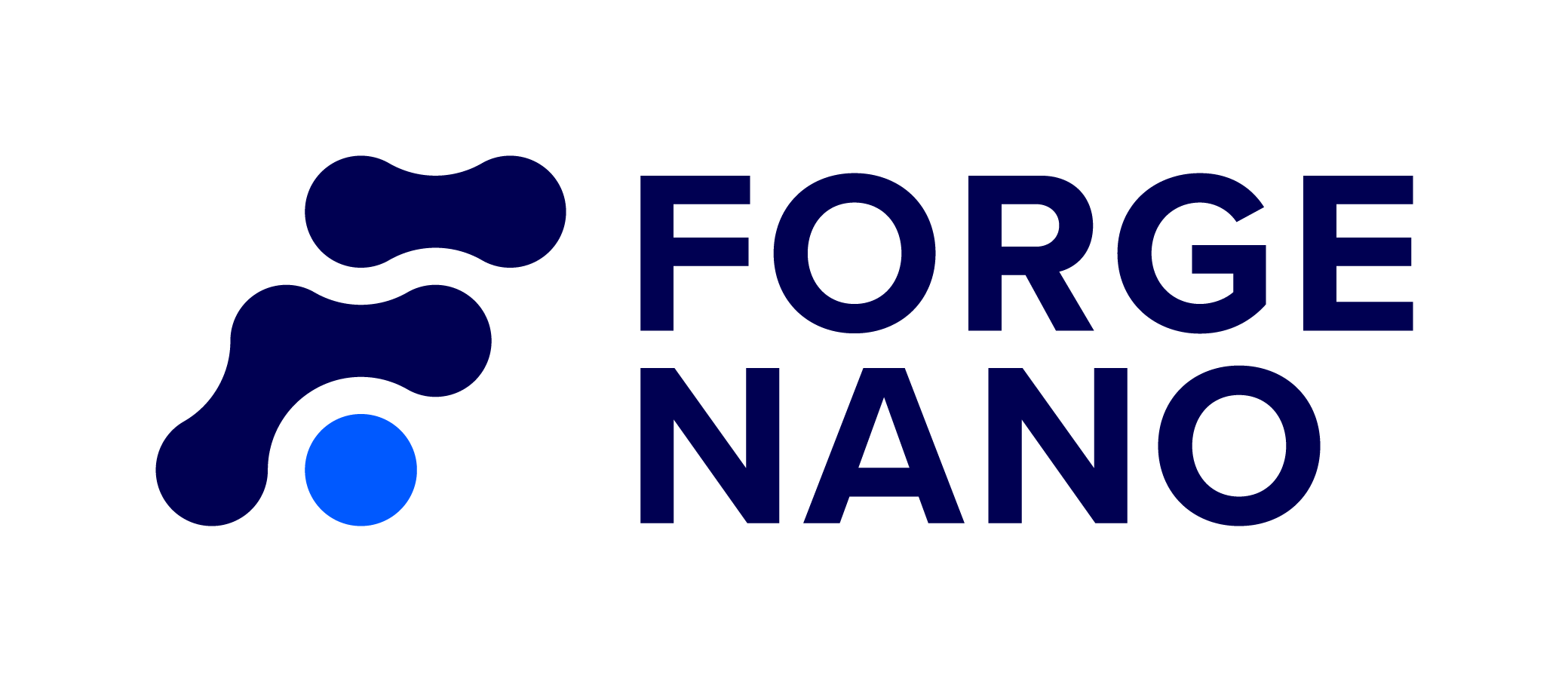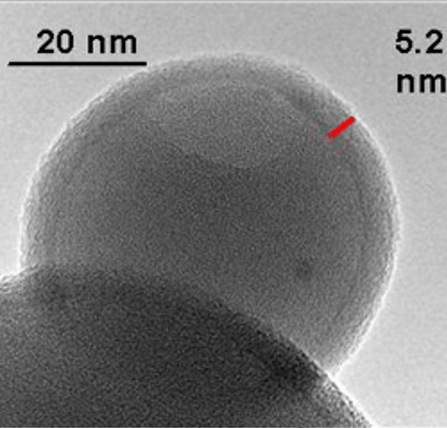In the field of nano-engineered coatings, surface functionality, composition, morphology and porosity are important considerations that may affect the cost and quality of a particular protective coating of interest. Porosity and surface area (both external and internal) are key drivers of processing parameters for nano-engineered coatings that benefit from fully coating all accessible surfaces of a substrate.
Porous particles can supply a large surface area, and are ubiquitous in markets such as catalysis and separations, however these substrates require very efficient nano-coating procedures to minimize process time and raw material waste. Forge Nano’s patented ALD coating technology is particularly suited to infiltrating and accessing the internal surfaces of porous particles using its gas phase layer-by-layer application approach.
Porous Surface Particles and ALD Coating
Porous particles can contain pores having a diameter from sub-nanometer to sub-micron, which can all be coated using ALD techniques. This produces a coating which is pinhole free, with minimal variation from the external surface of the particles, through to the internal surfaces. Liquid-phase and line of sight deposition methods cannot produce uniform coatings on the internal pore walls of porous particles, but rather typically block pores and/or restrict pore access entirely.
Forge Nano’s patented ALD coating is more suitable for use on porous particles through its atom by atom layering application in a series of gas phase reactions. This means that the pore walls within porous particles can be coated with precision to create a uniform coating, even on torturous surfaces. The pinhole-free coatings produced on porous surface particles allow precise tuning of discrete material sets, resulting in optimal performance.
Conventional batch or continuous ALD processes typically cannot achieve a sufficient level of saturation in a reasonable time period. Forge Nano’s proprietary semi-continuous ALD process allows for rapid infiltration and high precursor exposure efficiency, leading to lowest cost upgrading coatings for porous materials.
ALD Coating for PEM Fuel Cell Materials and Other Porous Particles
Forge Nano’s ALD technology is particularly well-suited for the development of nano coatings on PEM fuel cell materials. PEM fuel cells are constructed by dispersing the Pt catalytic center onto high surface area carbon powders. Nano coatings can provide the advantage of providing corrosion resistance, and can also be used to apply Pt for maximum dispersion across the high surface area carbon materials.
Methods able to utilize nano coatings for PEM fuel cell improvements must also contend with the problem caused by porous particles where the fuel is diffusion limited. The ability to produce controlled coatings within pores without risking pore blockage and/or closure can also improve product yields by optimizing the activity per total catalyst surface area to reduce the amount of inactive Platinum not being employed as a catalyst.

